Description
Description
Liposuction, also known as body contouring, is a popular cosmetic surgery that eliminates excess body fat to enhance physical appearance and smooth out uneven body contours. This procedure is effective for shaping areas such as the chin, neck, cheeks, upper arms, breasts, abdomen, buttocks, hips, thighs, knees, calves, and ankles.
Exploring Types of Liposuction Procedures
Various types of liposuction techniques have been developed to suit different patient needs and improve surgical outcomes:
- Tumescent Liposuction: This is the most common form of liposuction, where a large amount of medicated solution is injected into the areas from which fat is to be removed. The solution is a mix of a local anesthetic, a vasoconstrictor drug, and an intravenous salt solution, which together minimize blood loss, bruising, and swelling and make fat removal easier.
- Super-wet Technique: Similar to tumescent liposuction but uses less fluid during the procedure. It requires either sedation or general anesthesia and takes less time.
- Ultrasound-assisted Liposuction (UAL): This procedure uses ultrasonic vibrations to liquefy fat cells, making it easier to vacuum them out. It is particularly useful for treating dense, fibrous areas of the body, like the upper back or enlarged male breast tissue.
- Laser-assisted Liposuction (LAL): This technique uses laser energy to liquefy fat cells. It is preferred for treating confined areas like the chin, jowls, and face. The laser energy also stimulates collagen production, which can help prevent skin sagging post-liposuction.
The Liposuction Procedure
The Liposuction Procedure
During the liposuction procedure, a machine and specialized tools known as cannulas are utilized. The regions of your body that will undergo the procedure are prepped by the surgical team. You will be administered either local or general anesthesia. The tumescent fluid is then injected beneath your skin in the target areas via a small incision. Once the medication in the solution becomes effective, the loosened fat is removed by a suction tube. The suction action is provided by either a vacuum pump or a large syringe. Multiple skin punctures might be required to address larger areas, and the surgeon may approach the target areas from various angles to achieve the best contour. Following the removal of fat, small drainage tubes may be placed into the treated areas to eliminate any blood and fluid that might accumulate during the initial post-surgery days. If you lose a significant amount of fluid or blood during the surgery, you may require fluid replacement via an IV. In extremely rare instances, a blood transfusion may be necessary. Post-surgery, you'll be fitted with a compression garment. Make sure to wear it as directed by your surgeon.
Uses and Limitations of Liposuction
Liposuction is commonly used for cosmetic reasons, to improve sexual function by reducing abnormal fat deposits, and for body shaping. However, it's not a substitute for exercise and diet, a cure for general obesity, or a treatment for cellulite or excess skin. It's also not suitable for certain areas like the sides of the breasts due to potential cancer risks.
Risks and Preparations
Patients need to have certain medical conditions under control before liposuction, including heart problems, high blood pressure, diabetes, and allergies. Risks associated with liposuction include shock, fluid overload, infections, bleeding, blood clots, nerve or tissue damage, uneven fat removal, skin irregularities, and drug reactions.
Before surgery, patients undergo a consultation, including a history, physical exam, and a psychological evaluation. It's crucial for patients to understand the procedure fully and to have realistic expectations about the results.
How to prepare for a liposuction procedure
How to prepare for a liposuction procedure
Prior to your surgery, you'll have a patient consultation, which will involve a medical history review, a physical examination, and a psychological assessment. It might be beneficial to bring someone along, like a spouse, to help you recall the details of the discussion with your doctor.
Feel at ease to ask any questions you have and make sure you comprehend the answers. It's crucial that you fully understand the pre-surgery preparations, the liposuction procedure itself, and the post-operative care. Be aware that while liposuction may enhance your looks and boost your self-esteem, it's unlikely to provide you with your ideal body shape.
Before the surgery day, you may be required to have blood drawn and provide a urine sample. This is to allow the healthcare provider to identify and mitigate potential complications. If you're not going to be hospitalized, you'll need to arrange transportation home after the surgery.
What to Expect After Liposuction
What to Expect After Liposuction
Post-liposuction, patients may experience swelling, bruising, numbness, and pain, which can be managed with medications. Stitches are typically removed within 5 to 10 days, and antibiotics may be prescribed to prevent infection. Patients can generally return to work within a few days and resume more strenuous exercise after about a month. The surgeon will monitor the healing process through follow-up visits.
The majority of individuals express satisfaction with the results of the surgery. Your transformed body contour will start to appear within the first few weeks. The enhancements will become more noticeable 4 to 6 weeks post-surgery. By maintaining a routine of regular physical activity and a healthy diet, you can contribute to preserving your new physique.

